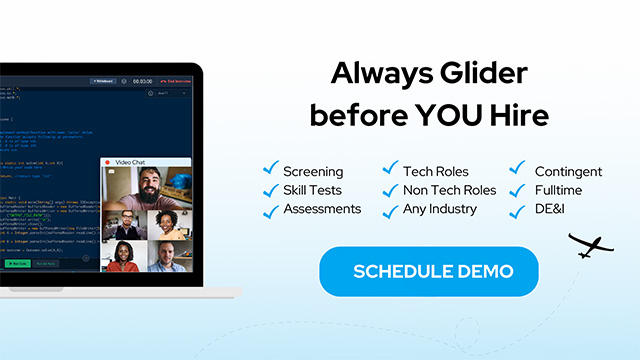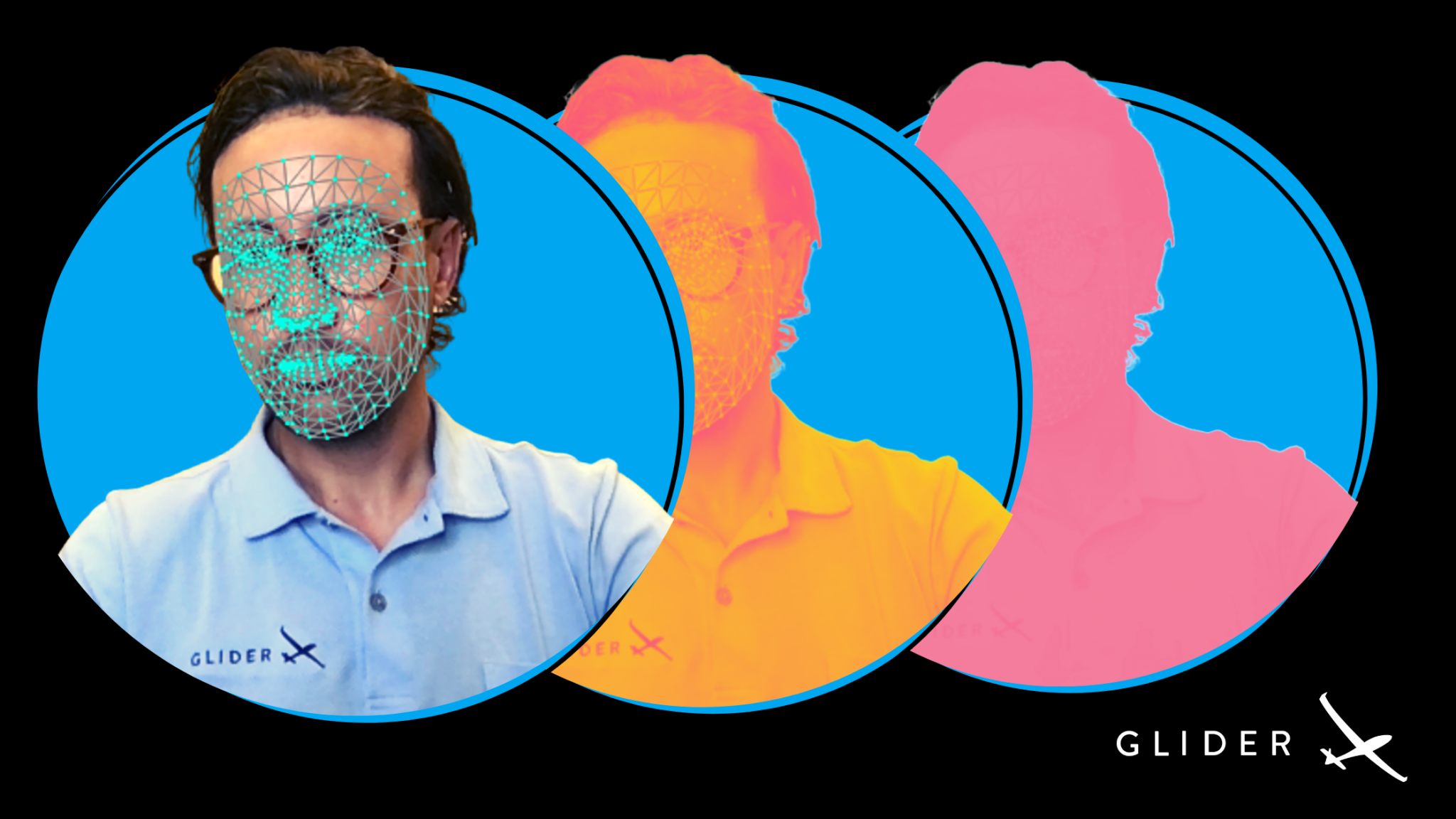
The future of work is a dynamic phrase. It is a strategic optimization of getting work done through the evolution of various strategies and technologies like physical work optimization in terms of remote work, hybrid work, and digital workspaces. According to HCM Insights, the future of work is all about agile workplace creation
Leading studies and research unanimously agree that organizations are embracing contingent (extended) workforce like never before. A report by Momenta discusses how 2022 will be the year of contingent workforce for US businesses. Incidentally, an Intuit study also found that more than 80% of large businesses are hiring contingent workers on a large scale in the coming years.
Along these lines, Christopher Dwyer, Neha Goel, Mark Brodsky, and Cesar Jimenez, share profound insights on why the extended workforce is the cornerstone of the future of work.
The blog preserves the Q&A format for easy readability.
Neha Goel: Extended workforce is growing and will shortly exceed traditional employment. It’s time we engage that talent just like we do with the full-time employees. We must also focus on tech innovations to bring the extended workforce into our system and put it at the center.
Cesar Jimenez: The new workforce model is maturing faster than ever. The extended workforce holistically provides a great agility which every organization needs in order to scale up and deliver on their initiatives.
Mark Brodsky: If organizations want to stay competitive, they have to start moving the extended workforce more strategically into their ecosystem. Also, there is a massive deficiency of quality talent right now. So, an extended workforce is no longer a complementary option, but an extremely strategic advantage in the near future.
Cesar Jimenez: All these are different sources for securing talent. They are very easy to work with. That’s why these channels are rapidly becoming mainstream.
Mark Brodsky:The digital staffing technology is growing around 250-300%. The reason might be pandemic-driven as borderless talent acquisition spiked like anything. This has stirred people to work remotely. Covid has taught us that sourcing talent quality has no limitation.
Neha Goel: These key playersare definitely changing the talent acquisition space, morphing even the traditional staffing system. A network among these players will further enhance the way talent is sourced and acquired.
Mark Brodsky: AI is undoubtedly the biggest gamechanger. For example, Glider AI provides data, modernization, and increases confidence in decision making. But it never decides on behalf of the hiring manager. The goal of AI is enabling data for faster hiring decisions minus any bias. It can never replace the human element, but it leads to predictive outcomes that have a higher probability of success otherwise.
Neha Goel: AI is impacting the full worker lifecycle, be it onboarding or performance management. It also gives an opportunity for the workforce to get involved and upskill their talent while working across different projects. AI-enabled enterprises clock more productivity and get things done faster. In this sense, Glider AI is incorporating technology like anything.
Cesar Jimenez: AI helps us in talent identification. For example, it makes onboarding a smooth experience. Besides, optimized AI data helps in unbiased hiring decisions.
Mark Brodsky: Total talent management is used in different ways. AI helps us to ably harness the proficiencies and skills that an individual brings into the organization. We always uphold competency over credentials at Glider AI. This helps our clients to find the ‘right talent fit’ for projects, assignments, purposes, etc. However, there is a mismatch between supply and demand for talent. So, it is best to limit total talent management to your organization’s workforce development only.
Neha Goel: Knowing your own workforce is a challenge for many organizations. They lack detailed data on this. So, AI must start from the basics. It provides a lot of visibility to the total talent quality in the organization.
Cesar Jimenez: Direct souring is a reality which is growing better. It makes sense to directly communicate with the talent communities as talent supply is low and suppliers are fighting for their clients. Nowadays, many enterprises are building their proactive talent communities. But this initiative should be considered alongside other factors. For example, they have to have staffing capabilities to fill the positions by themselves.
Neha Goel: Direct sourcing will continue to grow. Companies across all verticals are struggling to fill the roles and attract the right kind of talent. For this, they are finding ways to spot their talent and nurture them. For example, direct sourcing is one of the best ways to fill seasonal demand. But it must be channelized effectively.
Mark Brodsky: Organizations that deal with seasonality, green line of upcoming projects, and initiatives can get ahead of the curve with direct sourcing. It helps to pick some of the talent devoid of their traditional staffing supplier. They can also plan or forecast for future talent resources. We are already talking about direct sourcing 2.0. Sooner, it will be a strategic avenue for many organizations.
Mark Brodsky: Candidate experience in recruitment is the most important thing, because of the huge gaps in supply and demand. It’s all about attracting the right talent to your organization and providing them with all the resources to utilize their skills and abilities. It’s also about giving timely exposure to diversifying their skills. Candidate experience is not ancillary anymore.
Neha Goel: While we talk about AI, new tools, and technologies, we should also realize that candidates have similar expectations from us too. They want to have a great skill assessment process and interview experience too. Technology allows us to cut through all sorts of noise and lets talent find meaningful work. For example, Covid accelerated virtual hiring. It made us revamp the employer branding and make micro improvements in our talent acquisition processes that make huge differences to the candidates.
Cesar Jimenez: Everything revolves around work experience. So, it should be the number one priority in any organization. Many companies are investing in EVP or Employee Value Proposition. From a tech perspective, giving visibility on what is onboarding is a great way to establish connections. For example, treating contingent or extended workforce similarly to full-time employees pays you back in great ways. Therefore, we should invest rightly in candidate experience for attracting great talent.
Neha Goel: Hiring manager experience is critical. Investment in technology is in vain, if your hiring manager is not inclined towards it. We should adopt processes and technologies which make their job easy.
Cesar Jimenez: Hiring managers wear many hats from getting candidates onboard to understanding market conditions. So, all technologies must be convenient for them.
Mark Brodsky: Hiring is one of the facets of many jobs a hiring manager does. Their end goal is not to get a hire, it’s a by-product. Instead, all tools and technologies they use must make their job more efficient.
Neha Goel: It starts with the worker. Organizations have a striking feedback system with their talent suppliers but fall short of their own employees. Listening to them and incorporating their ideas will benefit us in a long way.
Mark Brodsky: You either mature and learn from your history or not. Businesses are no different. Learning from their shortfalls and gaps helps them to engage and nurture their employees. From the Glider AI perspective, we help our clients solve talent issues and offer multiple solutions to close the gaps. We just cannot ask hiring managers to communicate the next steps with candidates unless the former is well-informed about the process.
Cesar Jimenez: Understanding the source of your successful placements and building rapport with such talent communities will attract incredible talent.
Neha Goel: We need to have purpose-built systems and processes for managing the unpredictability and complexity of the workforce. Additionally, we also need scalable and flexible work systems for high growth and withstanding constant changes. The future is going to look very different from today in terms of technology and its facets.
Mark Brodsky: Till recently, it was difficult to get a job if you didn’t have a college degree. But not anymore. We are seeing more pragmatic organizations, moving away from traditional marching orders to stay competitive.
Cesar Jimenez: We are going to look for talent that attracts more talent. Direct sourcing and E-models will be rapidly incorporated in organizations, along with a lot of consolidations. Overall, the ecosystem will have a lot of holistic opportunities and comprehensive solutions towards the future of work.



